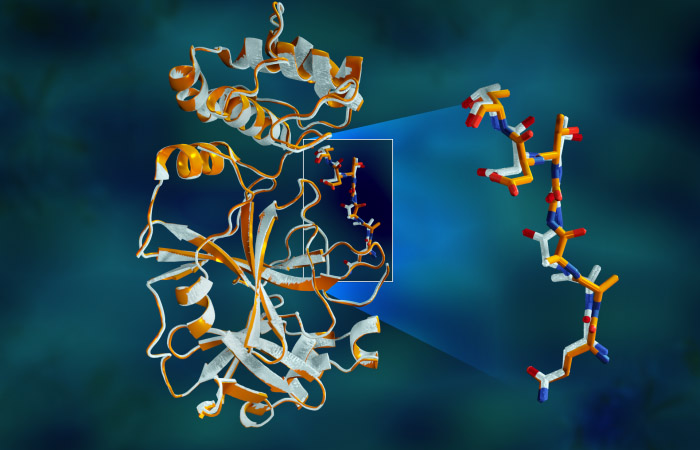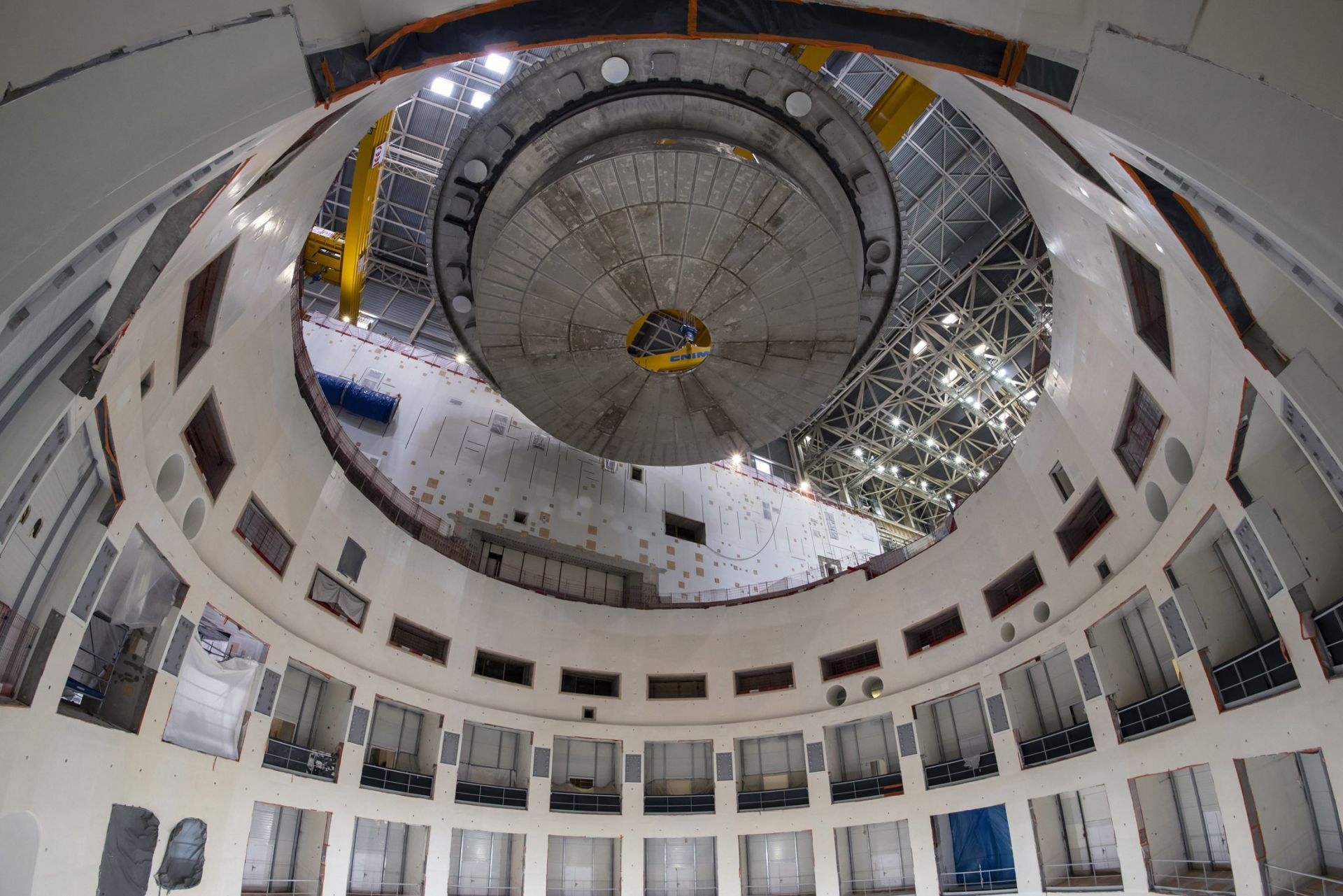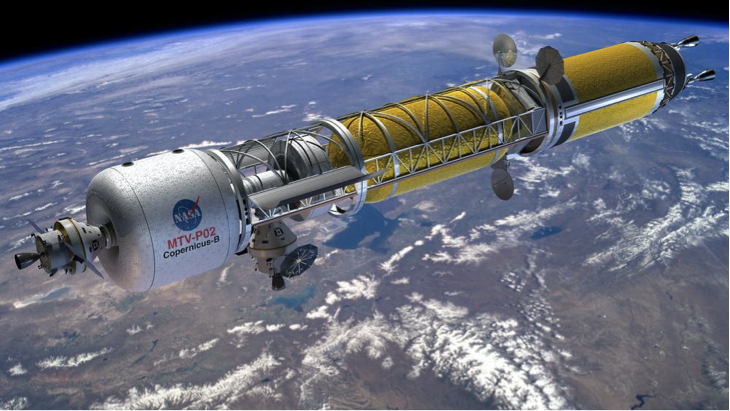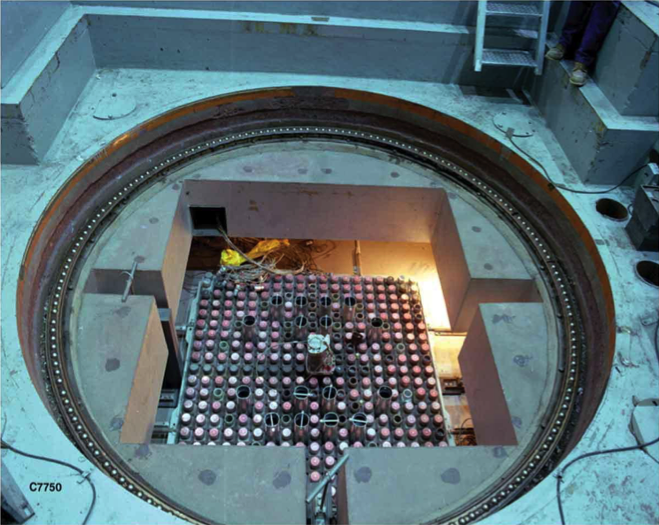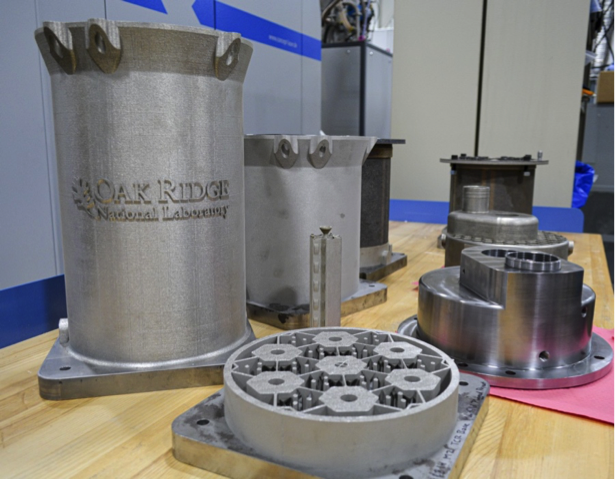Proton acceleration success paves way for Belgian research reactor
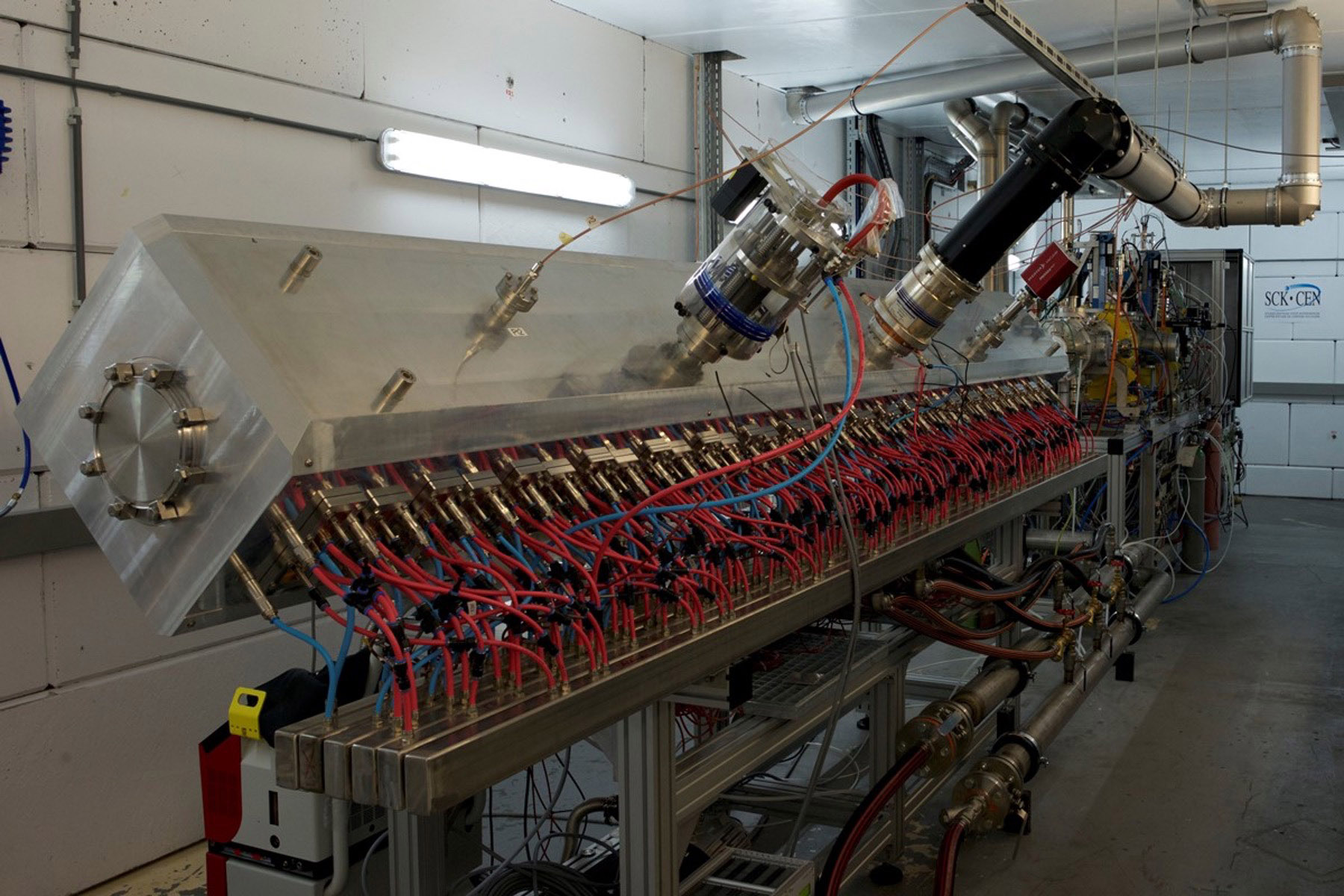
The radio frequency quadropole has been matched with the ion source and the low-energy beam transmission line at UCLouvain, an SCK-CEN partner site. Photo: SCK-CEN
The MYRRHA accelerator team has successfully sent a proton beam through the radio frequency quadrupole (RFQ) of a project billed as “the world’s first large-scale accelerator-driven system.” MYRRHA, which stands for Multi-purpose hYbrid Research Reactor for High-tech Applications, will be built at SCK-CEN’s site in Mol, Belgium, and will consist of a subcritical lead-bismuth eutectic (LBE)–cooled nuclear reactor driven by a high-power linear accelerator (LINAC).


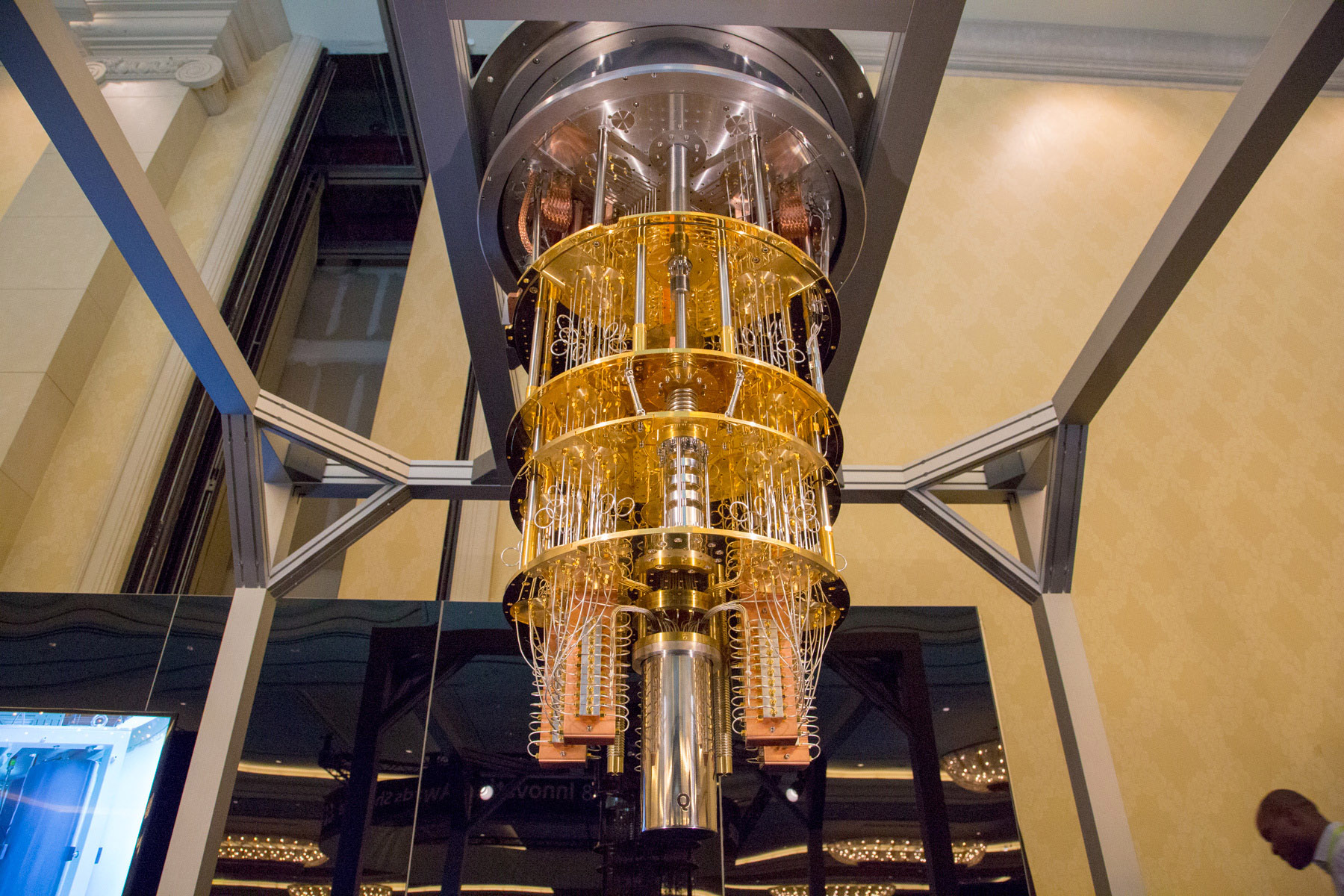
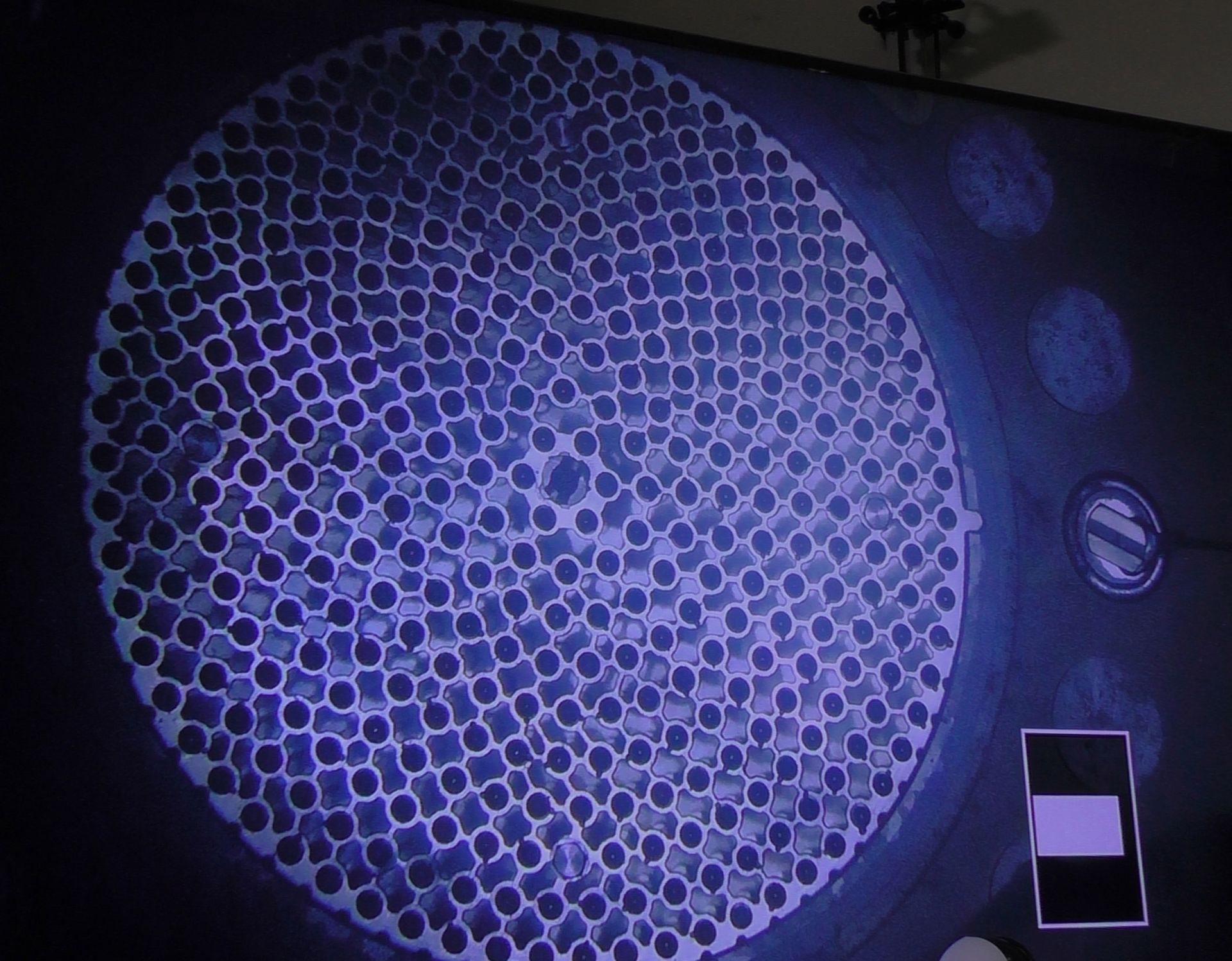
 A new report from the American Institute of Physics declares the physical sciences to be at a “tipping point” between a “perilous” future and a “vibrant” one as a result of the coronavirus pandemic. The 28-page report,
A new report from the American Institute of Physics declares the physical sciences to be at a “tipping point” between a “perilous” future and a “vibrant” one as a result of the coronavirus pandemic. The 28-page report, 
